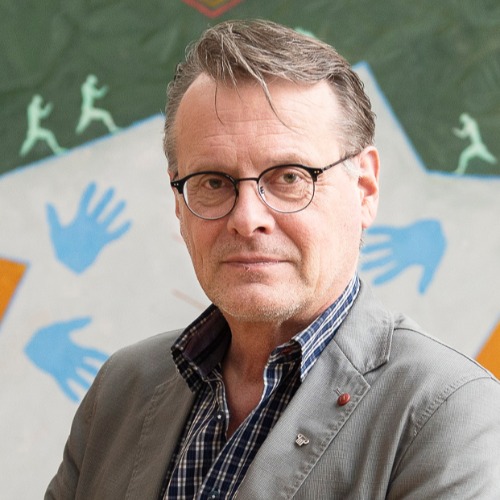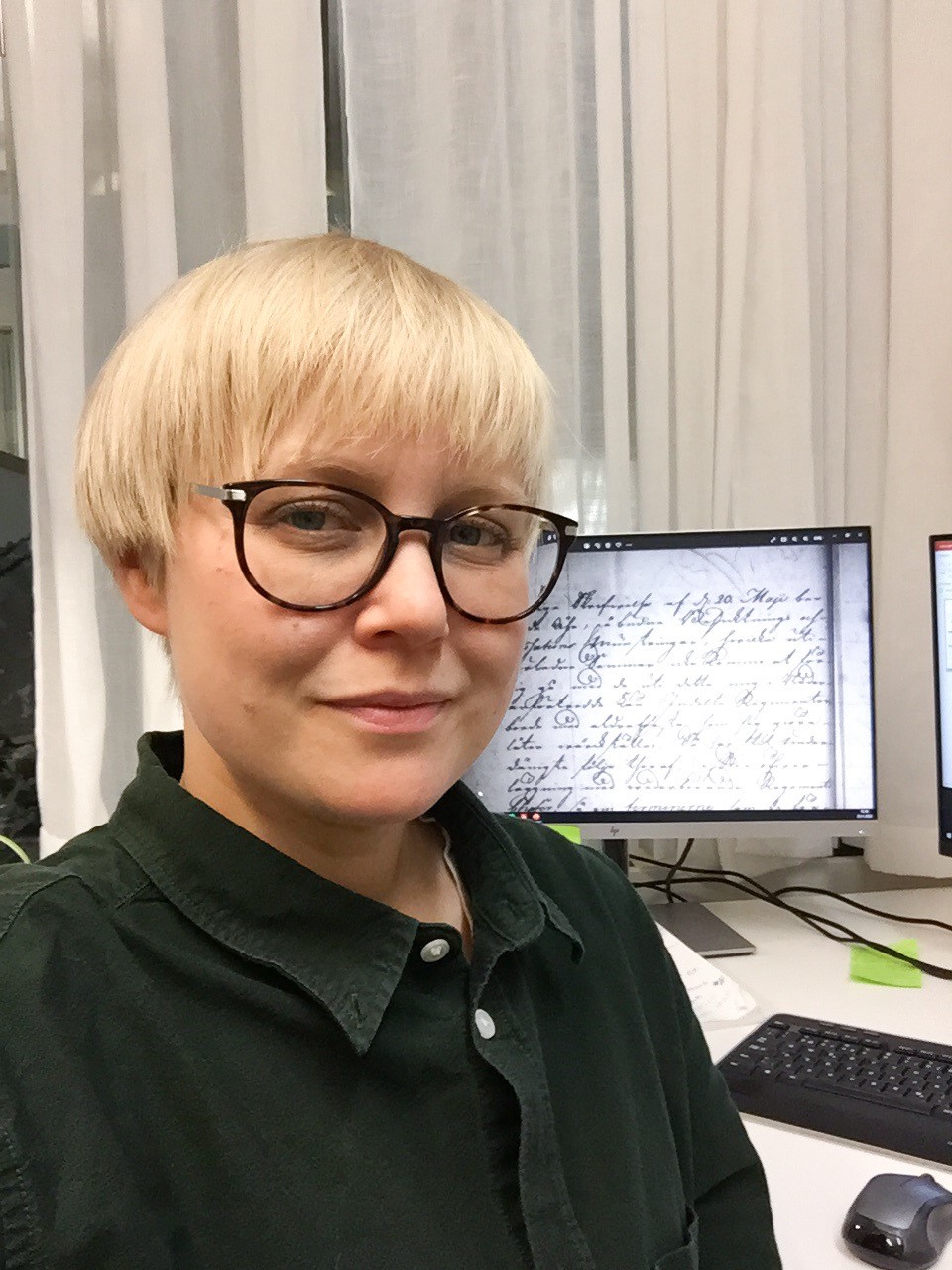Tietoa blogista // About the blog

Kaupungit Ruotsin suurvallan itärajalla. Valtarakenteet ja kaupalliset verkostot 1600-luvun jälkipuoliskolla -hanke (Städer vid den svenska stormaktens östgräns. Maktstrukturer och kommersiella nätverk under 1600-talets senare hälft) tutkii vallan ja kaupan verkostoja viidessä kaupungissa 1600-luvun lopulla. Nevanlinna, Käkisalmi, Sortavala, Brahea ja Kajaani sijaitsivat lähimpinä itärajaa. Pienestä koostaan huolimatta ne olivat alueidensa tärkeitä kaupallisia keskuksia. Hanke tarkastelee kaupunkien sisäistä ja välistä vuorovaikutusta, mutta myös yhteyksiä muualle Ruotsin valtakunnan ja Venäjän alueille. Tavoitteena on tuoda mikrohistorialliseen tutkimukseen vertaileva näkökulma, jonka mahdollistavat uudet digitaaliset menetelmät. Yhteistyössä Kansallisarkiston kanssa tuotetaan HTR-teknologian avulla digitalisoitu lähdeaineistokorpus, jota analysoidaan digitaalisilla verkostoanalyysityökaluilla. Verkostoanalyysin, kaupunkien vertailun ja mikrohistorialle ominaisten lähteiden lähiluvun odotetaan paljastavan uusia piirteitä varhaisen uuden ajan kaupunkiyhteisöjen toimintatavoista.
Hankkeen rahoittaa Svenska Litteratursällskapet i Finland.
IN ENGLISH
The Towns on the Eastern Border of the Swedish Great Power. Power Structures and Commercial Networks in the Second Half of the 17th Century project explores the power and trade networks of five cities in the late 17th century. Nyen, Kexholm, Sortavala, Brahea, and Kajaani were located closest to the eastern border. Despite their small size, they were important commercial centers in their regions. The project examines interaction within and between cities, but also connections with other regions of the Swedish Empire and Russia. The aim is to bring a comparative perspective to microhistorical research, enabled by new digital methods. In cooperation with the National Archives of Finland, HTR technology is used to produce digitalized corpus of sources that is analysed with digital network analysis tools. Network analysis, comparison of cities, and a close reading of sources characteristic of microhistory are expected to reveal new features of the patterns of behaviour of urban communities in the early modern era.
The project is funded by Society of Swedish Literature in Finland.
Tutkijat
Tutkijat

Prof. Kimmo Katajala
Hankkeen johtaja
Itä-Suomen yliopisto (UEF)
Jukka Kokkonen
Itä-Suomen yliopisto (UEF)
Kasper Kepsu
Åbo Akademi
Antti Härkönen
Itä-Suomen yliopisto (UEF)

Jenni Merovuo
Projektitutkija
Itä-Suomen yliopisto (UEF)
Tutkin hankkeessa Käkisalmen kaupungin verkostoja.
